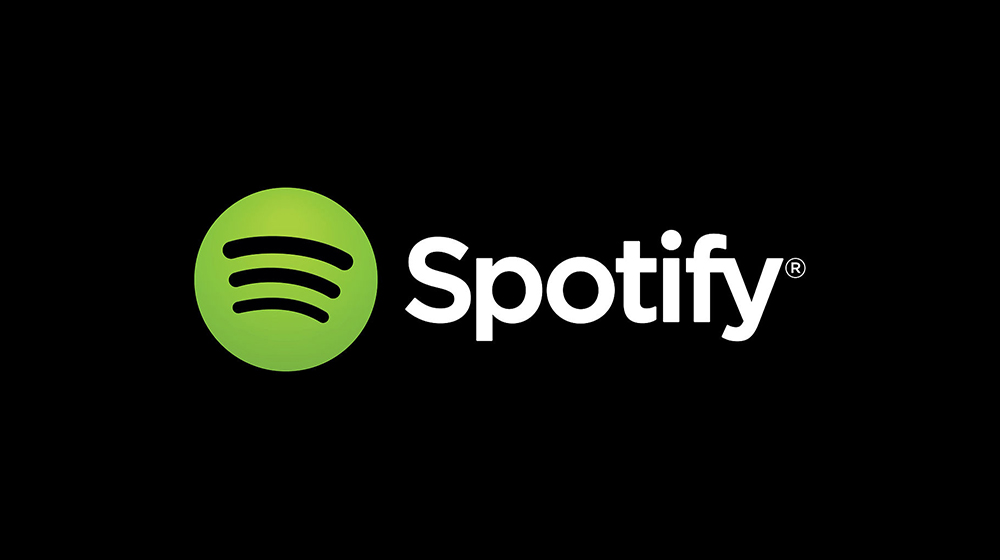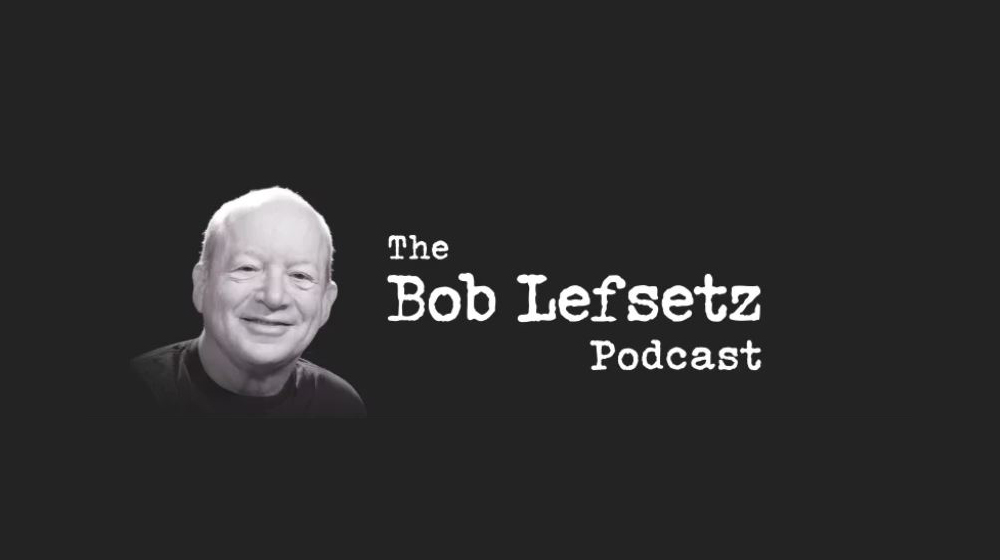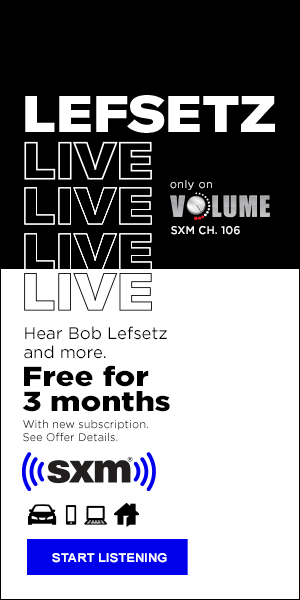…and other assumptions:
SHORTER TOLERANCE SPANS
It’s not just attention spans that are shrinking; it’s our tolerance. While attention can hold steady for engaging subjects like films or binge-watching, it ultimately comes down to how much we can tolerate. Even children with shorter attention spans can become captivated when the content resonates with them. Tolerance span, not attention span.
AGE GROUP PREFERENCES
The notion that 18–44 age groups have specific preferences is a sweeping generalization. In today’s highly segmented society, while there are commonalities, it’s crucial to recognize the diverse subtypes within these groups. Labels like Gen Z or Gen X are oversimplifications often used for marketing, but they fail to capture the true characteristics of individuals within those categories. Gross generalizations.
MUSIC TODAY IS UNDER-APPRECIATED
It’s easy to fall into the trap of criticizing today’s music. Just as we were told by previous generations that our music was inferior, we should avoid dismissing what younger demos enjoy now. While the years from 1956 to 1985 may be remembered as a historic musical era, there has never been more music released than today.
IF IT’S ONLINE, IT MUST BE TRUE
Unfortunately, a significant portion of the mainstream believes this, contributing to the spread of misinformation and conspiracy theories. This issue is often compounded by news outlets that don’t clarify facts, blurring the line between reality and falsehood on a large scale.
BIG COMPANIES HAVE YOUR BEST INTERESTS AT HEART
While some companies genuinely care about their customers, most do not. Slogans often lack substance and fail to resonate, leading many modern mega-companies to forgo taglines in favor of simply delivering quality products. This approach allows the value of what they offer to speak for itself, as consumers are increasingly skeptical of marketing gimmicks.
FEAR OF CHANGE
It’s not people who fear change; it’s well-established companies that struggle to adapt. True vision requires creativity and a willingness to embrace the unknown. Many industries, like radio, have stagnated due to denial and resistance to change. In contrast, other sectors, such as technology and medicine, thrive on innovation. Interestingly, while print media struggles, some international publications are evolving successfully, showing that people are open to progress when given the opportunity.
AVERAGE ISN’T GOOD ENOUGH
While average experiences can be comfortable, they are also vulnerable to disruption by more efficient alternatives. The cycle of evolution means that what’s new will eventually become the norm, making room for further innovation. Unfortunately, some media organizations remain stuck in mediocrity without a steady influx of fresh ideas.
CONTENT ISN’T KING
Revenue is. Revenue takes precedence over content. Programming serves as the vehicle for generating income. The ideal combination for success is a partnership between exceptional programmers and effective revenue generators.
SUBTLE CHANGES MAY NOT CUT IT
If changes are too subtle, why bother? In a crowded media landscape, bold thinking is necessary to stand out. Minor tweaks, like changing a font or updating a set design, rarely make a significant impact. To truly capture attention, substantial changes are needed to cut through in today’s media environment.
These are just a few thought-provoking reflections on prevalent myths in our intricate media landscape that can hinder progress and innovation.
























































